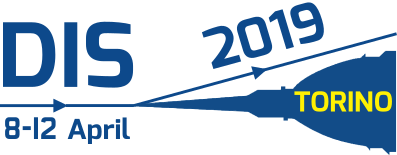Speaker
Description
The Electron-Ion Collider (EIC) project is rapidly marching towards its approval stage in the US.
The anticipated design goals of the collider, with the luminosity 2-3 orders of magnitude higher than that at HERA, polarized electron and proton beams, as well as nuclear beams from light to heavy species, pose several technological challenges by itself.
Equally demanding are the requirements for the Interaction Region (IR) and the physics detector(s) that will be needed to carry out the compelling EIC physics program: hermetic coverage in tracking, calorimetry and particle ID within a pseudorapidity range of up to ±4, substantial angular and momentum acceptance in the hadron-going direction, as well as high quality hadronic calorimetry among others.
In my talk I will give an overview of the detector concepts with typical configurations considered for an EIC, providing a connection between physics requirements, simulations and the ongoing EIC Detector R&D Program. I will outline areas where R&D beyond the current state-of-the-art is required. The talk will also cover the activities carried out within the EIC User Group IR Working group, aimed on evaluating the feasibility of high precision bunch-by-bunch luminosity measurements with an anticipated repetition rate 1-2 orders of magnitude higher than at HERA, as well as on the modeling of various sources of expected backgrounds.
